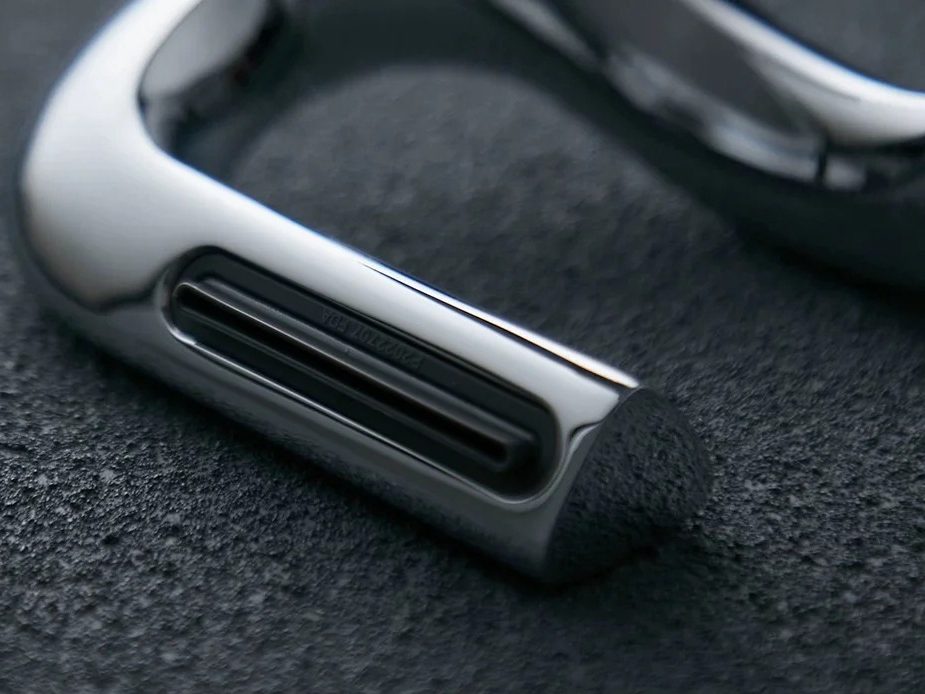Chrome Plating: Achieving Both Aesthetic Appeal and Robust Durability
Introduction
Chrome plating is a high-performance surface treatment that significantly enhances the aesthetic appeal and durability of 3D printed parts. By depositing a thin, protective chromium layer onto metal or plastic substrates, chrome plating improves corrosion resistance, reduces friction, and provides a strikingly reflective, decorative finish. Widely applied in automotive, aerospace, consumer electronics, and industrial applications, chrome plating ensures components meet strict durability and visual quality requirements as defined by industry standards such as ASTM B177 and ISO 1456.
In this blog, we will explore the process and advantages of chrome plating, the materials most suitable for this treatment, key application cases, and comparisons to other popular surface treatments, providing valuable insights for selecting the best finishing solution for your custom 3D printed parts.
How Chrome Plating Works and Quality Assessment Criteria
Chrome plating involves electroplating a chromium layer onto a substrate surface through an electrochemical deposition. Typically, this involves a multi-stage process including surface preparation, a nickel undercoat application, and a chromium topcoat to enhance corrosion resistance, durability, and visual quality.
Key Quality Assessment Criteria:
Corrosion Resistance: Evaluated through standardized tests such as ASTM B117 salt spray testing, where chrome-plated parts typically endure over 240 hours without visible corrosion.
Adhesion Strength: Measured according to ASTM B571, ensuring excellent adhesion between chromium and underlying nickel layers, critical for maintaining durability.
Surface Hardness: Chrome plating significantly increases surface hardness, typically ranging from 850 to 1000 HV (Vickers Hardness), providing exceptional resistance to wear and abrasion.
Surface Finish and Reflectivity: Chrome plating typically achieves mirror-like reflectivity, with surface roughness values as low as Ra 0.1–0.3 µm, ensuring superior aesthetic quality.
Chrome Plating Process Flow and Key Parameter Control
The chrome plating process involves carefully controlled steps:
Surface Preparation: Thorough cleaning, degreasing, and mechanical or chemical polishing to ensure surface uniformity (Ra ≤ 0.3 µm).
Nickel Undercoat Application: A nickel layer (5–25 µm thick) is electroplated to improve adhesion, corrosion resistance, and surface smoothness.
Chromium Electroplating: Parts are immersed in a chromium electrolyte bath, with controlled current density (typically 15–30 A/dm²) at temperatures between 45°C and 55°C, depositing a chromium layer (0.2–2.0 µm thick).
Rinsing and Post-treatment: Parts undergo rigorous rinsing, neutralization, and drying procedures to remove residual chemicals.
Quality Inspection: Final inspections verify layer thickness, adhesion, surface quality, hardness, and corrosion resistance according to applicable standards.
Applicable Materials and Scenarios
Chrome plating applies to various 3D printed substrates, notably metals and specific plastics. Below is a table highlighting common materials suitable for chrome plating in additive manufacturing applications:
Material Type | Common Alloys or Grades | Applications | Industries |
|---|---|---|---|
Precision components, decorative fixtures | Automotive, Consumer Electronics | ||
Decorative trims, structural automotive parts | Automotive, Aerospace | ||
Electrical connectors, heat exchangers | Electronics, Automotive | ||
Plastic Materials (Platable Grades) | Automotive interior trims, decorative elements | Automotive, Consumer Electronics |
Chrome plating is ideal for 3D printed parts requiring superior aesthetic appearance, enhanced durability, and corrosion protection in automotive, aerospace, and electronics applications.
Advantages and Limitations of Chrome Plating for 3D Printed Parts
Advantages:
Exceptional Corrosion Protection: Provides superior protection against corrosion, ensuring long-term durability in harsh environments.
Increased Surface Hardness: Significantly enhances wear resistance and surface durability, extending component lifespan.
Superior Aesthetic Quality: Provides highly reflective, mirror-like finishes, greatly enhancing the visual appeal of parts.
Enhanced Wear Resistance: Ideal for components subjected to friction, mechanical abrasion, or environmental stresses.
Limitations:
Complex Process: Chrome plating involves multiple stages and precise control, potentially increasing processing time and costs.
Environmental Considerations: Hexavalent chromium in traditional plating solutions raises ecological and safety concerns, leading to regulatory restrictions and preference for trivalent chromium alternatives.
Material Compatibility: Limited primarily to metallic substrates and specific platable plastics, reducing its suitability for certain additive materials like ceramics or thermoset resins.
Chrome Plating vs. Other Surface Treatment Processes
Chrome plating can be compared with other popular surface treatment options:
Surface Treatment | Description | Corrosion Resistance | Surface Hardness | Aesthetic Appeal | Typical Applications |
|---|---|---|---|---|---|
Chromium electrochemical deposition | Excellent (>240 hrs ASTM B117) | 850–1000 HV | High (mirror finish) | Automotive, Aerospace, Electronics | |
Electrochemical smoothing process | Excellent (>168 hrs ASTM B117) | Moderate (surface smoothing) | High (mirror-like finish) | Medical, Aerospace | |
Oxide protective layer creation | Excellent (>336 hrs ASTM B117) | High (400–600 HV) | Good (matte to semi-gloss) | Aerospace, Automotive | |
Physical vapor deposition coating | Excellent (>500 hrs ASTM B117) | Very High (1000–2500 HV) | High (varied metallic colors) | Electronics, Aerospace |
Application Cases for Chrome-Plated 3D Printed Parts
Chrome plating significantly improves performance across various industrial sectors:
Automotive Components: Chrome-plated aluminum and ABS plastic automotive trims and fixtures achieve high aesthetic appeal, superior corrosion resistance (>240 hrs ASTM B117), and prolonged component life.
Aerospace Components: Chrome-plated steel or aluminum parts demonstrate increased surface hardness and durability, significantly enhancing corrosion and abrasion resistance under harsh conditions.
Consumer Electronics: Chrome-plated housings and connectors made from copper or aluminum alloys exhibit superior electrical conductivity and enhanced visual appeal, significantly increasing product attractiveness.
Industrial Equipment: Components like valve bodies and fittings benefit from chrome plating through increased surface hardness (900–1000 HV) and improved wear resistance, extending operational longevity.
FAQs
What are the primary benefits of chrome plating for 3D printed parts?
Which 3D printed materials are suitable for chrome plating?
How does chrome plating compare with anodizing and electropolishing?
Is chrome plating environmentally friendly?
Which industries benefit most from chrome-plated 3D printed components?

